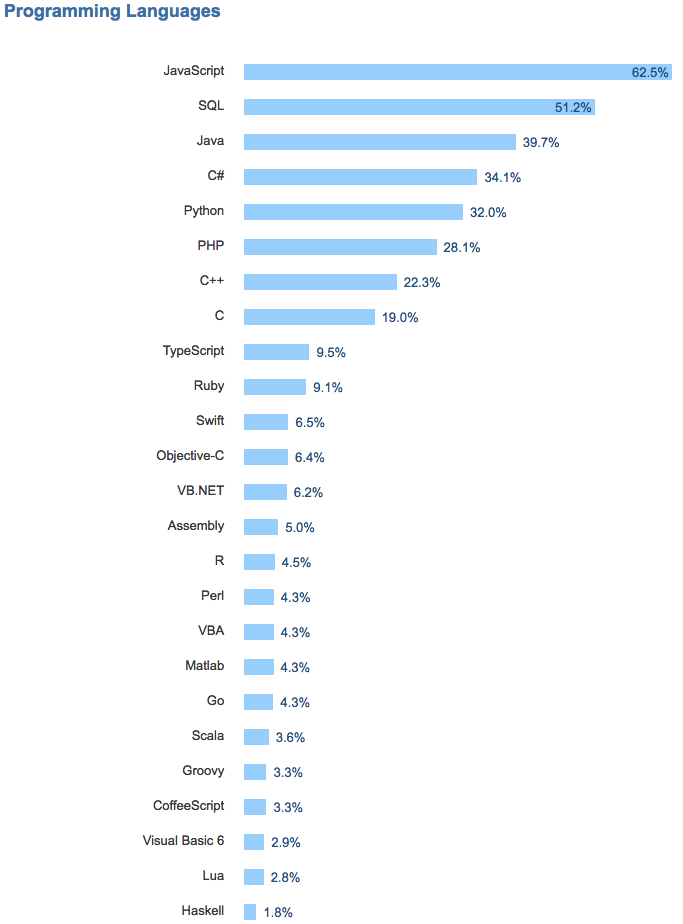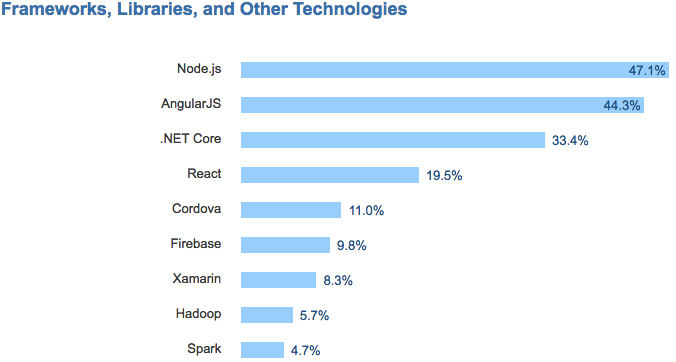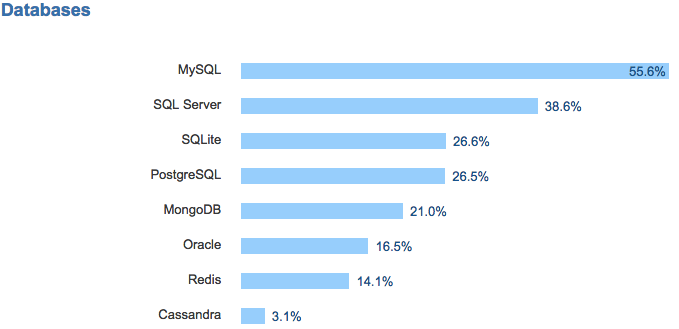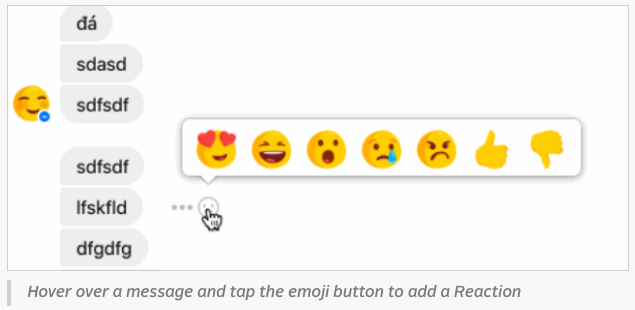Best ranked 15 highest-paying internships companies
Most of the interns think of an internship as an unpaid job and
involves a whole lot of bsy work, coffee fetching and various other
errands. However, this does not hold true in Silicon Valley.
The top tier companies in U.S. have fierce competition amongst them
to acquire the very best young engineering talent. Not only this,
internships are highly-prized too.
You get only or minimum wage salaries here and no expenses. In fact,
there are several tech interns who are paid upwards of $6,000 per month,
which is much more than the earnings of some people in other industries
who have decades of experience behind them.
In this article, we bring to you the top 15 highest-paying
internships in the U.S. technology industry today that were derived
based on the data provided by
Glassdoor – a site for reviewing employers. The list ranks the best highest-paying internships in order of the top to the last.
Note: The figures listed are monthly salaries of 10 or more intern,
salaries for companies submitted to Glassdoor within the last two years.
The salaries provided below are all for internships based in the US.
Conversions into pounds, but the amounts paid by these companies to
their interns in Britain — and anywhere else in the world — will likely
differ from what is paid in the U.S.
1. Dropbox: $8,500/month (£6,800)
A former intern said:
“I just felt like people cared about me. My mentor cared about me, my
team cared about me, the other interns cared about me … They also gave
me a ton of money, but come on, hopefully that’s not your main reason
for working somewhere. Along similar lines, the food is, of course,
really excellent.”
2. Pinterest: $8,125/month (£6,500)
A former employee said:
“Exciting technologies and vibrant culture. Very dedicated to keeping
employees happy and inspired. Interns were treated really well. Great
efforts in increasing diversity.”
3. Facebook: $8,000/month (£6,400)
A former intern said:
“Lots of good things to say about Facebook: I’ve worked at other Bay
Area tech companies, and Facebook culture and management is really up
there. Extremely open culture helps cultivate functional relationships
between managers and employees, unity in understanding what the end goal
we’re working towards is, and huge ownership and responsibility of
owned projects. Product directly affect the lives of millions of people
everyday, and the company makes sure employees are taken care of
(especially interns!). Company has good prospects, and the vision
statements and culture strongly manifest themselves in how the company
is run, and how products are made.”
4. LinkedIn: $7,500/month (£6,000)
A former intern said:
“LinkedIn has a great culture complete with bikes to ride, a gym and
fitness trainer, pick up basketball, entertainment space and of course
free food. The teams I worked with were very pleasant and eager to help.
They even have an internal incubator and hackathons that allow you to
build in any ay imaginable. The CEO Jeff Weiner is truly inspirational.”
5. NEC Labs America: $7,400/month (£5,900)
A former intern said:
“Great place to do your own thing. The people are very friendly and
extremely intelligent. The admin staff are the best I’ve seen … Don’t
expect direction unless you want to do something EXTREMELY menial. Some
groups are completely rudderless, and work is very silo-ed.”
6. Walmart eCommerce: $7,219/month (£5,800)
A former intern said:
“Great engineers and scientists working in Walmart Labs. Everyone who
works there is very friendly. Good sense of mission. Very friendly
culture. Willingness to take risks and try new things. Interns get to
work on great projects and the internship program is clearly a high
priority for the company.”
7. Microsoft: $7,000/month (£5,600)
A former intern said:
“I had a great summer: great location, a great office, and great
coworkers. The problems we solved were interesting, and our final
product felt like it had purpose.”
8. Nest: $6,773/month (£5,400)
A former intern said:
“Really smart engineers. People are very invested in the product and
the mission of the company … Being tied to Google adds a lot of pressure
in areas like finance and profitability. Lots of cut backs while I was
there, doesn’t seem to be a great relationship between the companies.”
9. Uber: $6,730/month (£5,400)
A current intern said:
“Uber is an exciting company that is in the news weekly. They have
weekly all-hands meetings with Travis fielding questions. This is
somewhat unique compared to other companies of the same size. The
culture is strong with the best ideas winning.”
10. Groupon: $6,667/month (£5,300)
A former intern said:
“Great culture, very friendly people, very well established workflow
and industry practices … because it is somewhat of an older company as
far as tech goes, it’s no longer as “sexy” and they are more established
in their ways.”
11. Google: $6,600/month (£5,300)
A former intern said:
“You are given a lot of freedom over the work you do as an intern. I
was given one main project to work on when I entered the role, but was
able to branch out into additional types of work as well as the
internship went on … You don’t have much say over the team and role you
are placed into. Also, you do not know much about what your role entails
until you actually arrive. Google is can be very secretive.”
12. Yahoo: $6,333/month (£5,100)
A former intern said:
“The pay and benefits are promising. Lots of fun activities during my
internship. A must-mention: the foods are really good! The people are
very friendly and the working pace is very proper for me: people work
hard, but not too intensive.”
13.Twitter: $6,333/month (£5,100)
A former intern said:
“The interns are usually well-programmed. From the day one you can be
on top of your project. I interned at Google Inc before and comparing
to my previous experiment Twitter was awesome. The company is mid-size
so you have place to grow.”
14. Expedia: $6,333/month (£5,100)
A former intern said:
“The company culture is great, with strong sense of belonging and
great work-life balance. Coworkers were extremely friendly … Expedia is a
HUGE company at this point, and the work is distributed very
efficiently–meaning not much room for creativity in everyday work.”
15. Apple: $6,333/month (£5,100)



